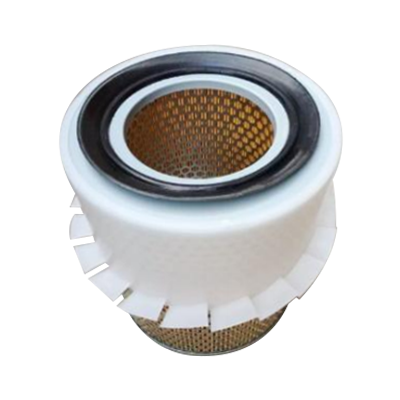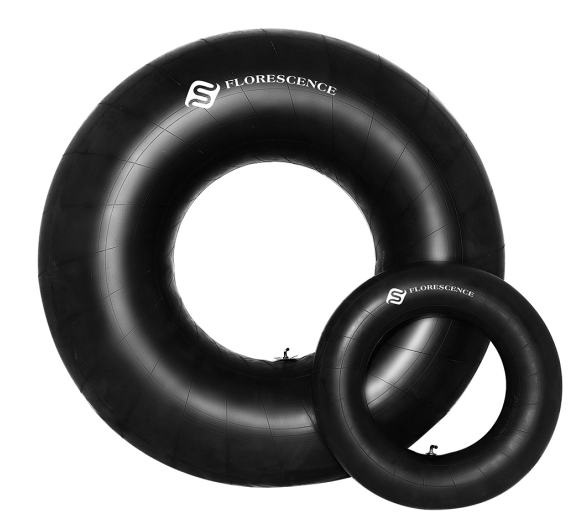Latex latex was formerly known as latex. A general term for colloidal emulsions formed by polymer particles dispersed in water. The water dispersion system of rubber particles is usually called latex; the water dispersion system of resin particles is called emulsion. It can be directly used for surface coating , making films and adhesives, etc. After processing, it can be made into raw rubber and latex products (such as sponges, gloves, balloons, condoms, medical hoses , etc.), which are widely used in daily life. It can be divided into three categories: natural latex , synthetic latex and artificial latex .

Introduction #
Also known as latex. Generally refers to the colloidal emulsion formed by polymer particles dispersed in water. It is customary to call the aqueous dispersion of rubber particles as latex; the aqueous dispersion of resin particles as emulsion. Latex products processed from latex , also known as latex products, such as sponges, gloves , toys, hoses , etc., are widely used in daily life.
Classification #
natural rubber latex #
It flows out from rubber tree tapping (see natural rubber ). It is milky white, has a solid content of 30% to 40%, and the average rubber particle size is 1.06 μm. Fresh natural latex contains rubber component 27% ~ 41.3% (mass), water 44% ~ 70%, protein 0.2% ~ 4.5%, natural resin 2% ~ 5%, sugar 0.36% ~ 4.2%, ash 0.4% . In order to prevent natural latex from solidifying due to the action of microorganisms and enzymes, ammonia and other stabilizers are often added . In order to facilitate transportation and processing, natural latex is concentrated to a solid content of more than 60% using methods such as centrifugation or evaporation, which is called concentrated latex . Natural rubber latex is mainly used in sponge products , extruded products and impregnated products.
synthetic latex #
Generally, synthetic latex (such as polybutadiene latex, styrene- butadiene latex, etc.) with a solid content of 20% to 30% can be produced through emulsion polymerization . In order to make the solid content reach 40% to 70%, the rubber particles are first agglomerated into larger particles, that is, in industry, measures such as adjusting the polymerization formula, adding agglomerants, stirring, pressurizing, and freezing are mainly used, and then the Natural rubber latex is concentrated in a similar manner. Synthetic latex is mainly used in industrial sectors such as carpets, paper, textiles, printing, coatings and adhesives .
artificial latex #
Non- emulsion polymerized rubber latex . It is produced by adding water and surfactant to the glue (such as isoprene rubber ) generated by solution polymerization to disperse the rubber particles in the water, and then evaporating the solvent. If the rubber cannot be fully dissolved in the solvent, the raw rubber or rubber compound can also be kneaded continuously in the presence of aqueous phase containing emulsifier until a stable rubber water dispersion is formed . Artificial latex has similar uses to synthetic latex .
Production of latex products #
Since latex products were made directly from natural rubber latex in the 1820s , the production of latex products has developed into an important part of the rubber industry. In the 1980s, world rubber latex consumption accounted for about 10% of total rubber consumption.
The production process of latex products is completely different from the processing of dry rubber. It does not require huge heavy machinery and numerous processes. The compounding agents are added to the latex in the form of water dispersions to make the latex ingredients, and then gelled under the action of the coagulant . The wet gel is leached, dried and vulcanized to obtain the product. There are four main production methods for latex products : dipping method , foaming method, injection molding method and extrusion method . In addition, there are electroplating method, microporous model casting method, etc., but they are not widely used. The production of latex products can realize ingredient mechanization, feeding pipelines, process continuity and detection automation.















